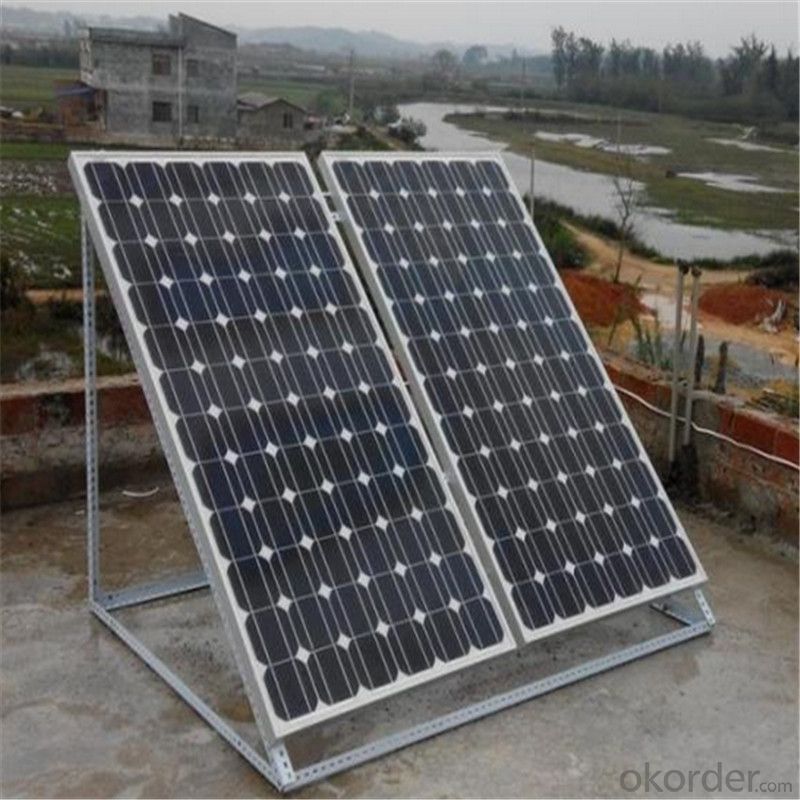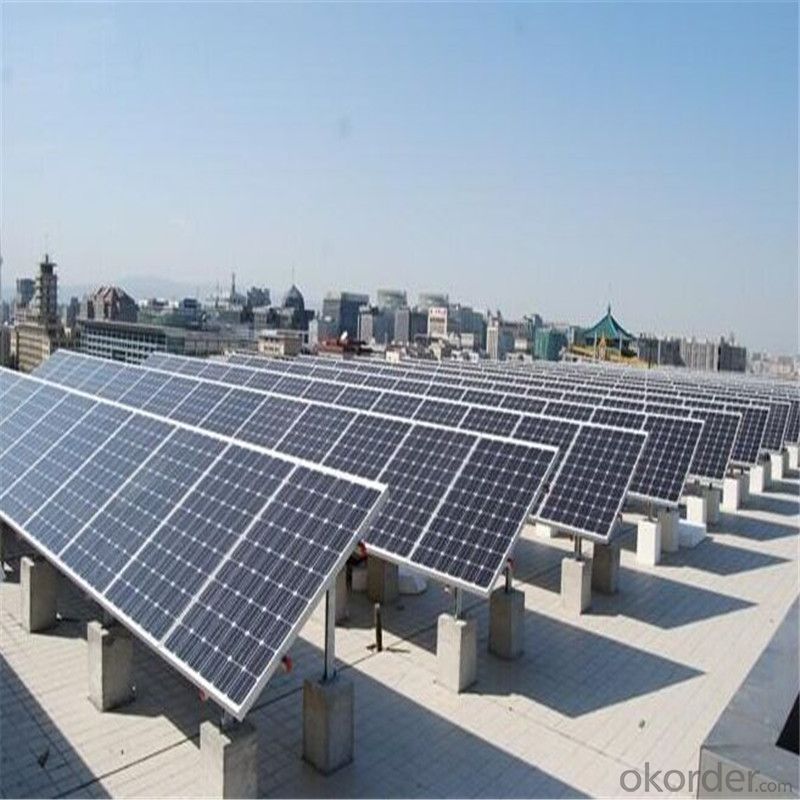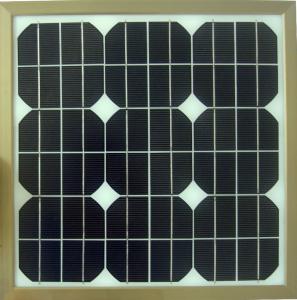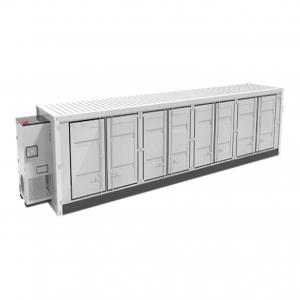Loading Port:China main port
Payment Terms:TT or LC
Min Order Qty:1000 watt
Supply Capability:500000 watt/month
Instruction
Quality and Safety
1. Rigorous quality control meets the highest international standards.
2. High-transmissivity low-iron tempered glass, strong aluminium frame.
3. Using UV-resistant silicon.
4. IS09001/14001/CE/TUV/UL
5.3w-300w mono & poly solar panel supply
Warranties
1. 10 years limited product warranty
2. 15 years at 90% of the minimal rated power output
3. 25 years at 80% of the minimal rated power output
Feature
1. High efficiency and High power.
2. Long-term electrical stability.
3. Lowest price and Fastest delivery.
4. Good quality and good service.
5.Bulk supply
6. Good Warranty
7.Big Sale
8.High quality
9.More than 35 years on the lifetime.
10 DHL/Fedex/UPS/TNT/EMS etc
Images


Specification
Model | SIM-100 |
Maximum Power at ST(Pmax)W | 100Wp |
Maximum Power Voltage(Vmp)V | 18.0V |
Maximum Power Current(Imp)A | 5.56A |
Open Circuit Voltage(Voc)V | 22.0V |
Short Circuit Current(Isc)A | 5.9A |
Cell Efficiency(%) | 17.0% |
Module Efficiency(%) | 15.37% |
Operating Temperature°C | -40°C to 85°C |
Maximum system voltage | 1000V(IEC)DC |
Power tolerance | -0.03 |
Temperature coefficients of Pmax | -0.45%/°C |
Temperature coefficients of Voc | -0.27%/°C |
Temperature coefficients of Isc | 0.05%/°C |
Weight(kg) | 7.4 |
Number of cell(pcs) | 4*9 |
FAQ
We have organized several common questions for our clients,may help you sincerely:
1). What’s price per watt?
A: It’s depends on the quantity, delivery date and payment terms of the order. We can talk further about the detail price issue. Our products is high quality with lower price level.
2). Can you tell me the parameter of your solar panels?
We have different series of cells with different power output, both from c-si to a-si. Please take our specification sheet for your reference.
3). How do you pack your products?
We have rich experience on how to pack the panels to make sure the safety on shipment when it arrives at the destination.
4). How long can we receive the product after purchase?
In the purchase of product within three working days, We will arrange the factory delivery as soon as possible. The perfect time of receiving is related to the state and position of customers. Commonly 7 to 10 working days can be served.
How do solar cells work?

A solar cell is a sandwich of n-type silicon (blue) and p-type silicon (red). It generates electricity by using sunlight to make electrons hop across the junction between the different flavors of silicon:
When sunlight shines on the cell, photons (light particles) bombard the upper surface.
The photons (yellow blobs) carry their energy down through the cell.
The photons give up their energy to electrons (green blobs) in the lower, p-type layer.
The electrons use this energy to jump across the barrier into the upper, n-type layer and escape out into the circuit.
Flowing around the circuit, the electrons make the lamp light up.
Principles of the working about solar cells
Solar cells convert the sun’s energy into electricity. Whether they’re adorning your calculator or orbiting our planet on satellites, they rely on the the photoelectric effect: the ability of matter to emit electrons when a light is shone on it.
Silicon is what is known as a semi-conductor, meaning that it shares some of the properties of metals and some of those of an electrical insulator, making it a key ingredient in solar cells. Let’s take a closer look at what happens when the sun shines onto a solar cell.
Sunlight is composed of miniscule particles called photons, which radiate from the sun. As these hit the silicon atoms of the solar cell, they transfer their energy to loose electrons, knocking them clean off the atoms. The photons could be compared to the white ball in a game of pool, which passes on its energy to the coloured balls it strikes.
Freeing up electrons is however only half the work of a solar cell: it then needs to herd these stray electrons into an electric current. This involves creating an electrical imbalance within the cell, which acts a bit like a slope down which the electrons will flow in the same direction.
Creating this imbalance is made possible by the internal organisation of silicon. Silicon atoms are arranged together in a tightly bound structure. By squeezing small quantities of other elements into this structure, two different types of silicon are created: n-type, which has spare electrons, and p-type, which is missing electrons, leaving ‘holes’ in their place.
When these two materials are placed side by side inside a solar cell, the n-type silicon’s spare electrons jump over to fill the gaps in the p-type silicon. This means that the n-type silicon becomes positively charged, and the p-type silicon is negatively charged, creating an electric field across the cell. Because silicon is a semi-conductor, it can act like an insulator, maintaining this imbalance.
As the photons smash the electrons off the silicon atoms, this field drives them along in an orderly manner, providing the electric current to power calculators, satellites and everything in between.







